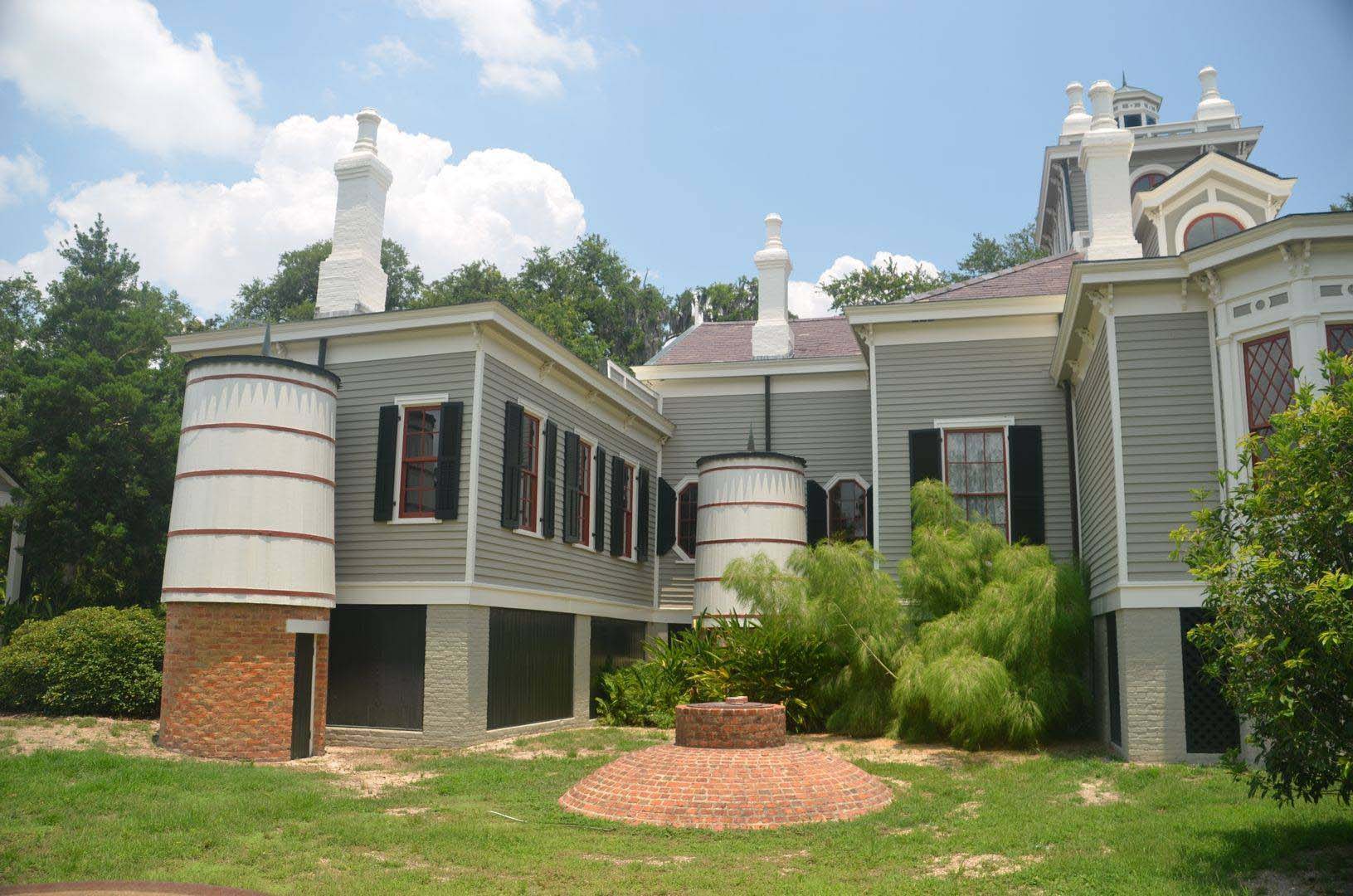

The 22 room house was designed in the Moorish Revival and Gothic Revival architectural styles. The house currently offers paid tours, a cafe and gift shop. Richard had worked at the home from 1969 to 1991 and has restored it. Since October 2003, the home is owned by Michael "Mike" Richard (of Live Oak Gardens Limited). From 1991 until 2003, the house was owned by Carolyn Doerle and Ron Ray. įrom 1982 until 1991, the house was owned by the Live Oak Gardens Foundation (which had renamed the site, Live Oak Gardens). In Fall of 2002, Hurricane Lili caused extensive damages. In 2001, the home and garden tours had closed due to neglect. On November 20, 1980, the Jefferson Island disaster happened, they had been oil drilling in Lake Peigneur when the rig hit into a salt mine which caused a large sink hole. It was later inherited by his son, John Lyle Bayless Jr., who designed the gardens. The estate was purchased by John Lyle Bayless in 1917. Jefferson died in 1905, and the estate was inherited by his family. Jefferson had played the role of Rip Van Winkle in cinematic adaptations of Washington Irving's short story.


The Joseph Jefferson House was built in 1870. In 1869, actor Joseph Jefferson bought the island as a hunting and fishing location. Prior to Joseph Jefferson's ownership, the island was owned by Jean Laffite's brother in-law who had acquired the island through a Spanish land grant. This elevated several low hills in tidal coastal marshes. These islands originate in prehistory when the enormous pressures of the earth forced a site of pure rock salt up from a mother bed, five miles below the surface. Jefferson Island, is the first of the famous "Five Islands" of south Louisiana. The house sits on former Orange Island, now known Jefferson Island. The house has been on the National Register of Historic Places list since June 4, 1973. The Joseph Jefferson House was built in 1870 for Joseph Jefferson, an American stage and silent film actor. The Joseph Jefferson House, also known as the Rip Van Winkle House and Gardens and the Bob Acres Plantation, is a historic house built in 1870 on Jefferson Island in Iberia Parish, Louisiana. He is the author of, among others, The Secret Library: A Book-Lovers’ Journey Through Curiosities of History and The Great War, The Waste Land and the Modernist Long Poem.Jefferson Island, Iberia Parish, Louisiana, U.S. The author of this article, Dr Oliver Tearle, is a literary critic and lecturer in English at Loughborough University. He is relieved rather than anything more dramatic. If Dame Van Winkle is like Old Mother England, lording it over Rip (representing the American colonies), then her death is a blessed release for Rip, but nothing more momentous than that. The humour of the story – chiefly in Rip Van Winkle being a henpecked husband – also supports this analysis of the story. Rip’s son is his ‘ditto’, or spitting image: the next generation is much the same as the last.

The name of the pub may have changed – to represent the shift from one George to another, from King George to George Washington – but life for these simple villagers is largely the same as it was before. When he gets back to his village, although several of his friends have died – one presumably in the war itself – the others have survived, and he soon goes back to sitting and gossiping with them outside of the pub where they used to chatter together. Rip Van Winkle manages to sleep right through it, which is quite a feat when you think about what a noise there must have been. One interpretation is that Irving, through this light-hearted tale, is actually trying to downplay the American Revolution. Why did Irving recycle this old plot device for his story about the American Revolution? And how should we interpret the story? Like Irving’s story, it features a man from a simple village who discovers some strange men drinking in the woods like Irving’s story, the hero falls asleep after partaking of their drink, and, like Irving’s story, he wakes up to find twenty years have passed. But the clearest influence was Johann Karl Christoph Nachtigal’s German folktale ‘Peter Klaus’.


 0 kommentar(er)
0 kommentar(er)
